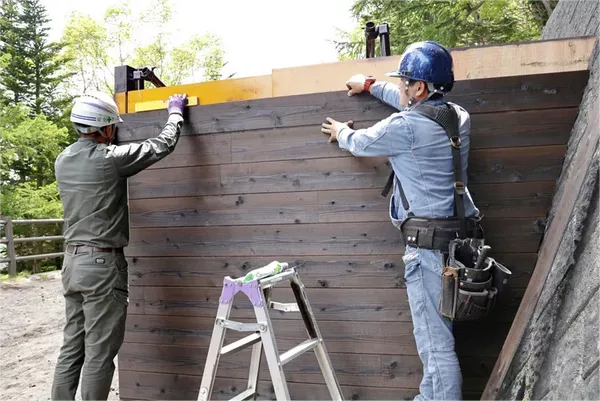As Japan’s Mount Fuji gears up for the summer climbing season starting Monday, new measures are being implemented to manage the crowds on its popular Yoshida Trail and address concerns of overtourism.
Climbers tackling the Yoshida Trail will now face an entry fee of 2,000 yen ($13), with an optional donation, and daily visitor numbers capped at 4,000. This year marks the introduction of online reservations for this trail, reflecting authorities’ efforts to enhance safety and mitigate environmental impact on Japan’s highest peak.
Mount Fuji, standing at 3,776 meters (12,388 feet), attracts over 220,000 visitors during its July-September climbing window, drawing tourists eager to witness its snow-covered summit and iconic sunrise views.
Governor Kotaro Nagasaki of Yamanashi prefecture emphasized that these measures are primarily aimed at safeguarding climbers’ lives rather than restricting tourism. Concerns over overcrowding, safety incidents, and environmental degradation have underscored the need for such regulations.
Despite the challenges posed by overcrowding, Mount Fuji remains a significant cultural symbol and a popular destination accessible within a two-hour train ride from Tokyo. The Yoshida Trail, renowned for its accessibility from the capital, is the preferred route for about 60% of climbers.
While three other main routes up the active volcano remain free to access, local authorities continue to grapple with the impacts of mass tourism. Measures like the introduction of entry fees and online reservations reflect a broader trend seen in tourist destinations worldwide, where authorities seek to balance visitor numbers with environmental and community concerns.
The influx of tourists to Japan, buoyed by the easing of pandemic-era travel restrictions, has brought its own set of challenges. Similar to other global tourist hotspots, such as Venice and Kyoto, Mount Fuji’s popularity has raised issues of littering, trespassing, and strain on local infrastructure.
Efforts to manage tourist behavior include initiatives like mesh barriers and metal fences at popular viewpoints, aimed at curbing disruptive activities and preserving local environments. These measures come amid Japan’s broader tourism goals, with ambitions to attract millions of international visitors annually.
As tourists prepare for their climbs, many, like Geoffrey Kula from the United States, emphasize the need for adequate preparation and caution in tackling Mount Fuji’s unpredictable conditions.

